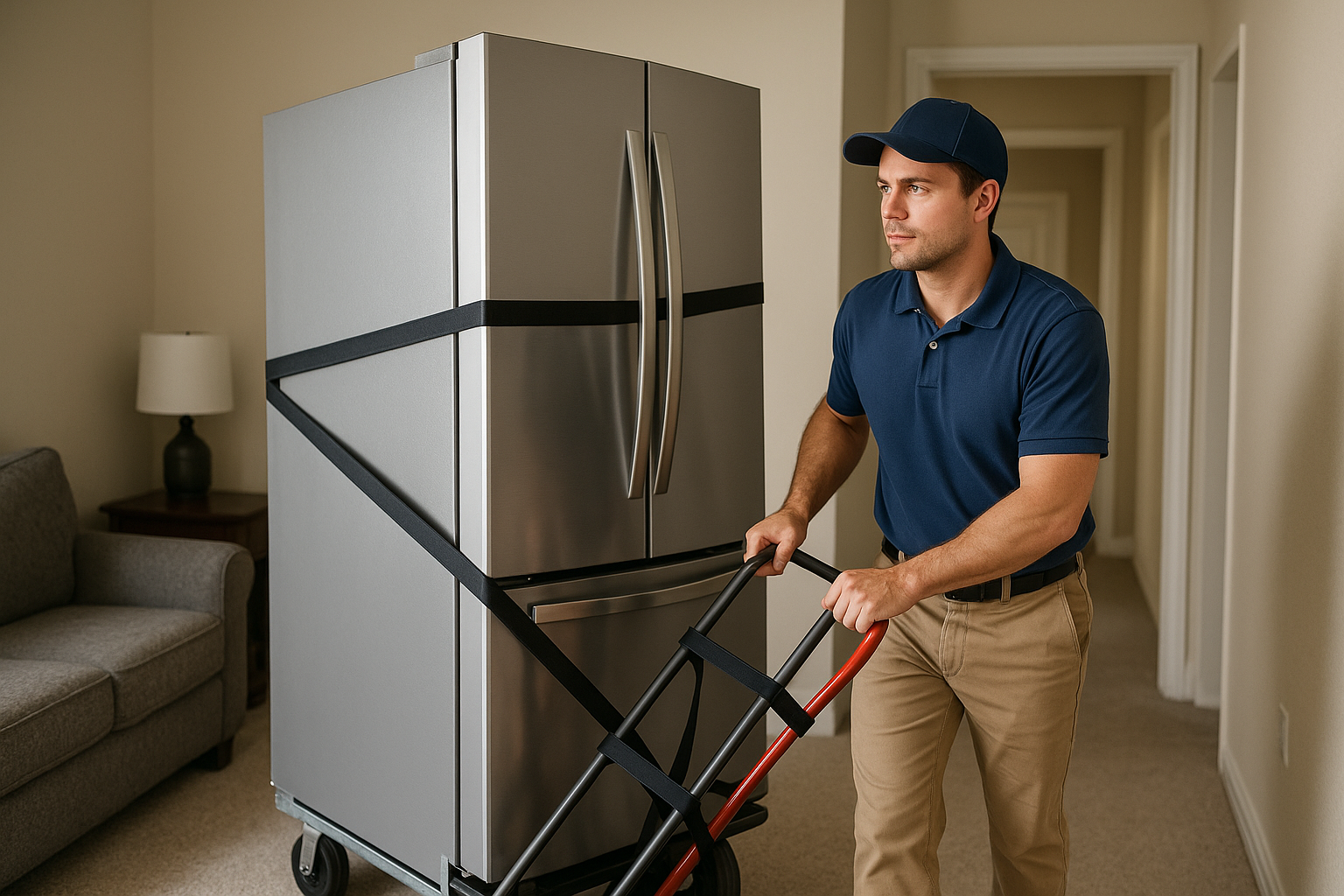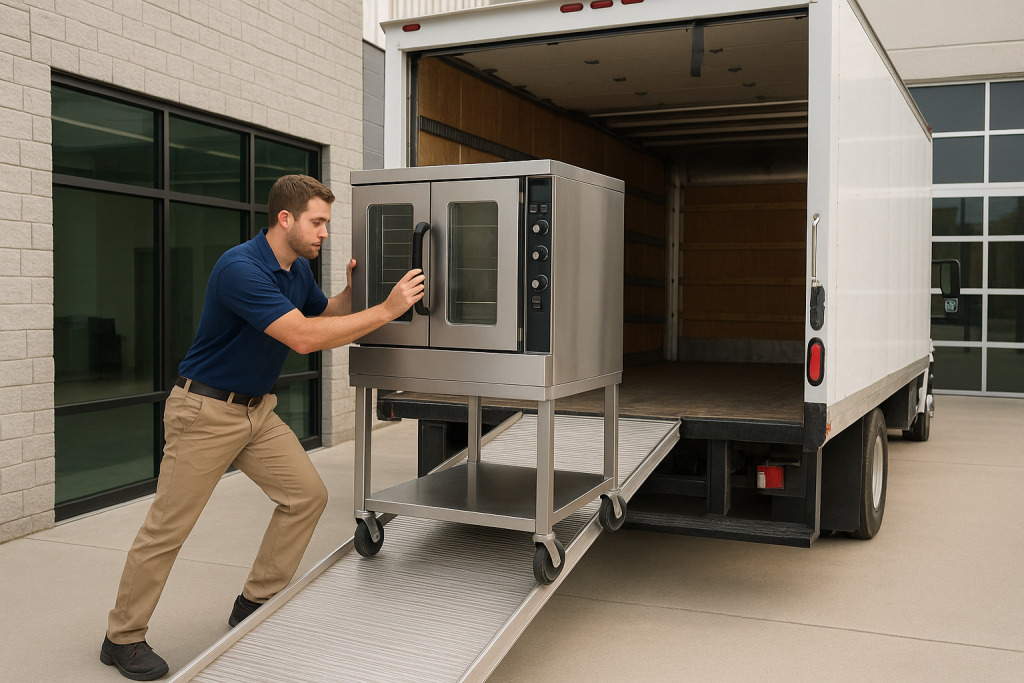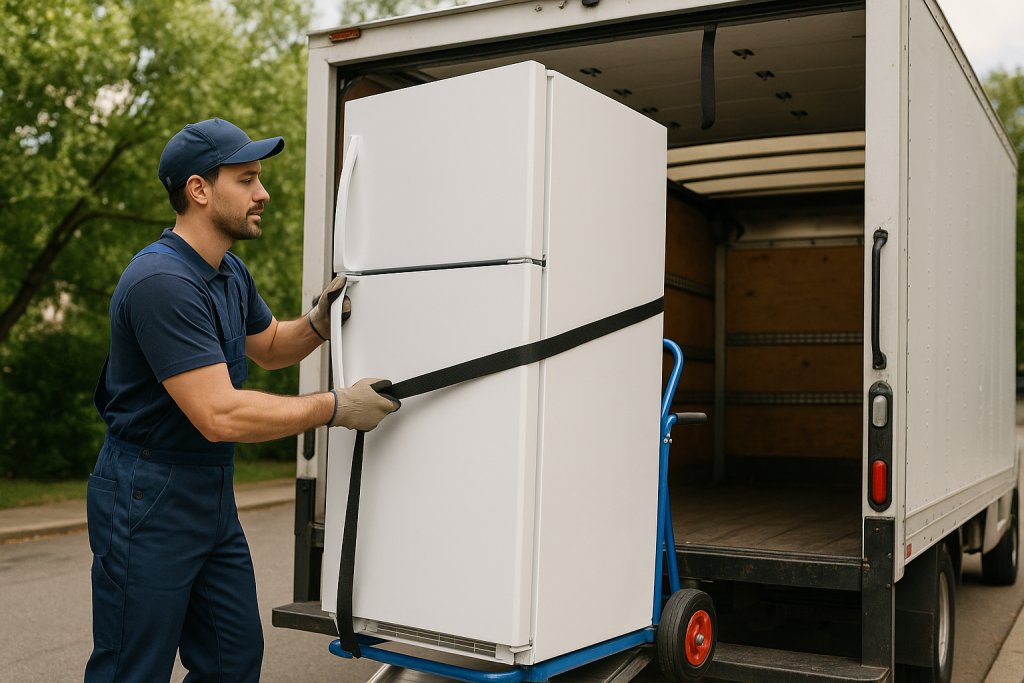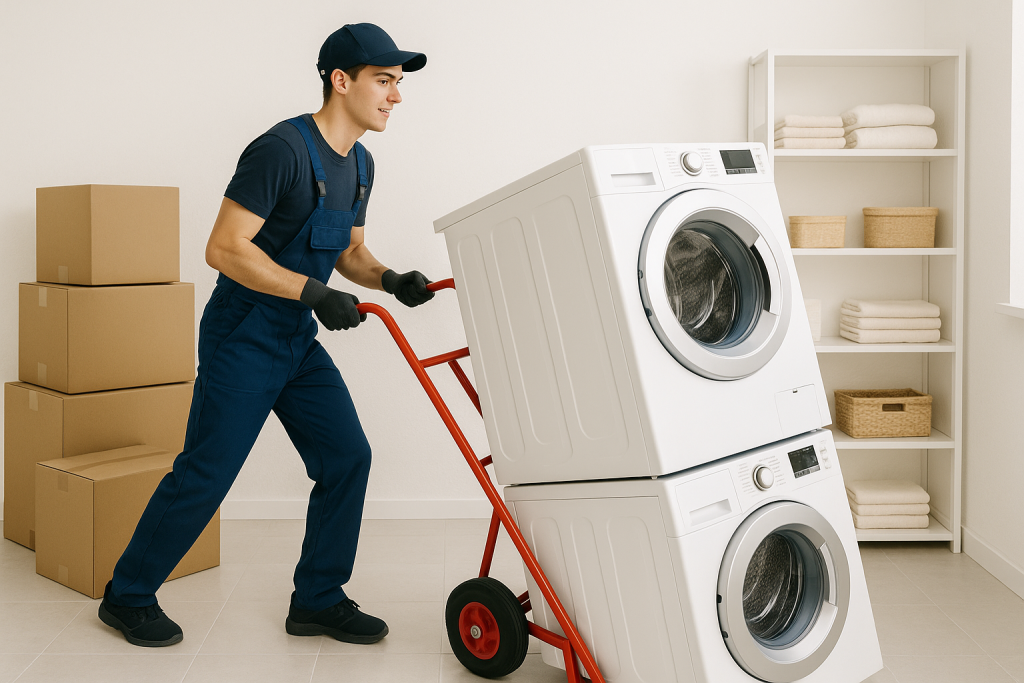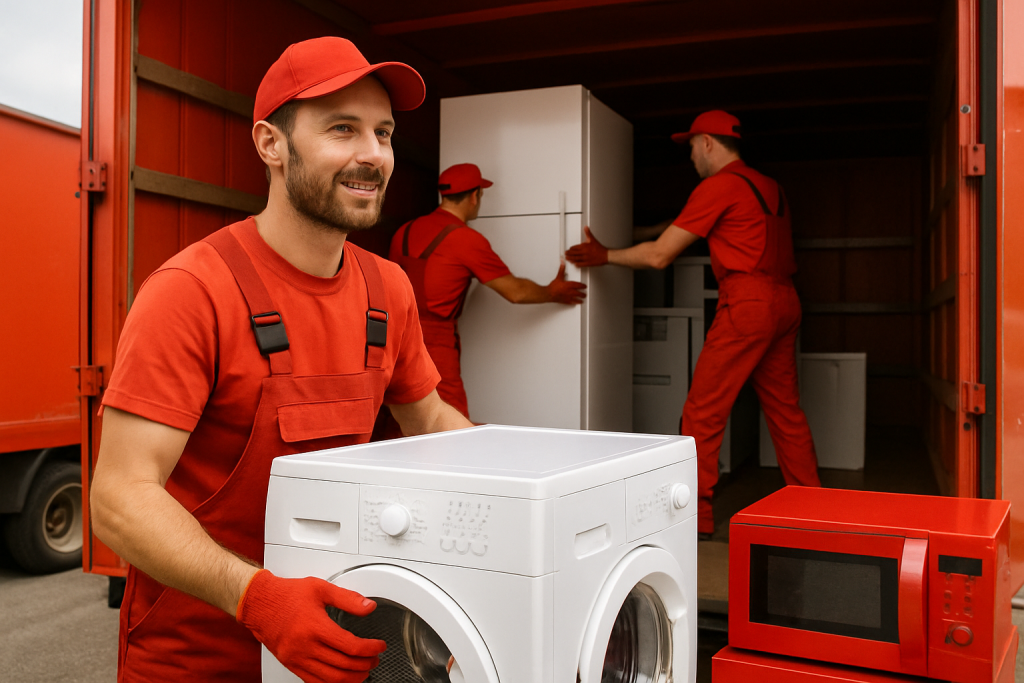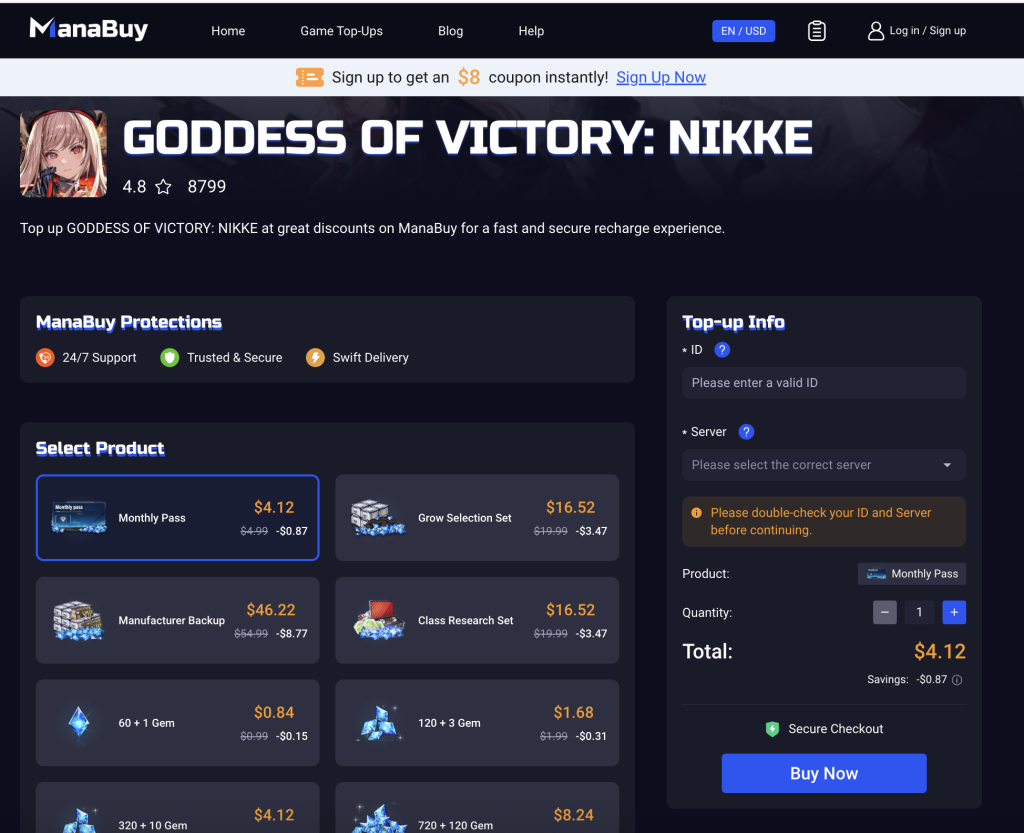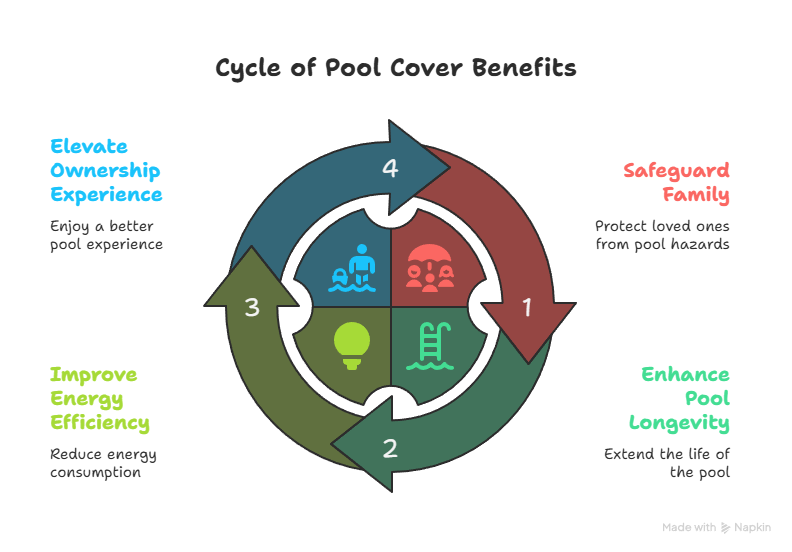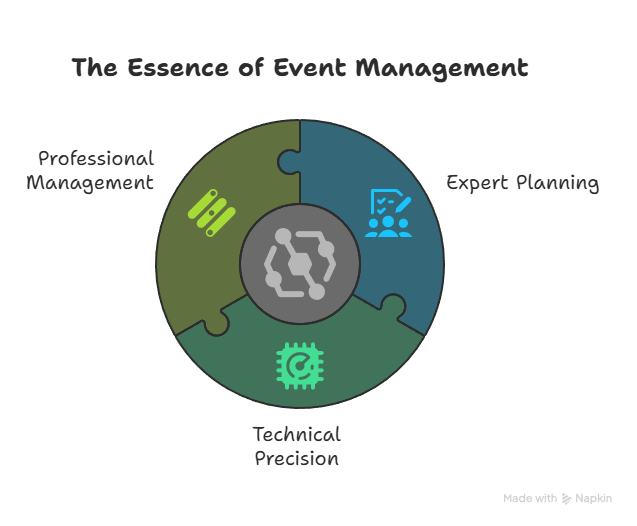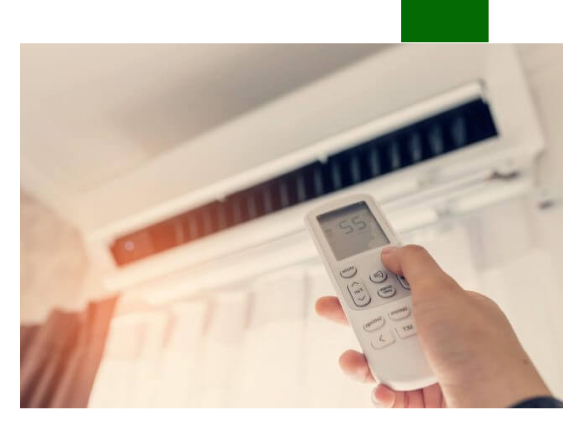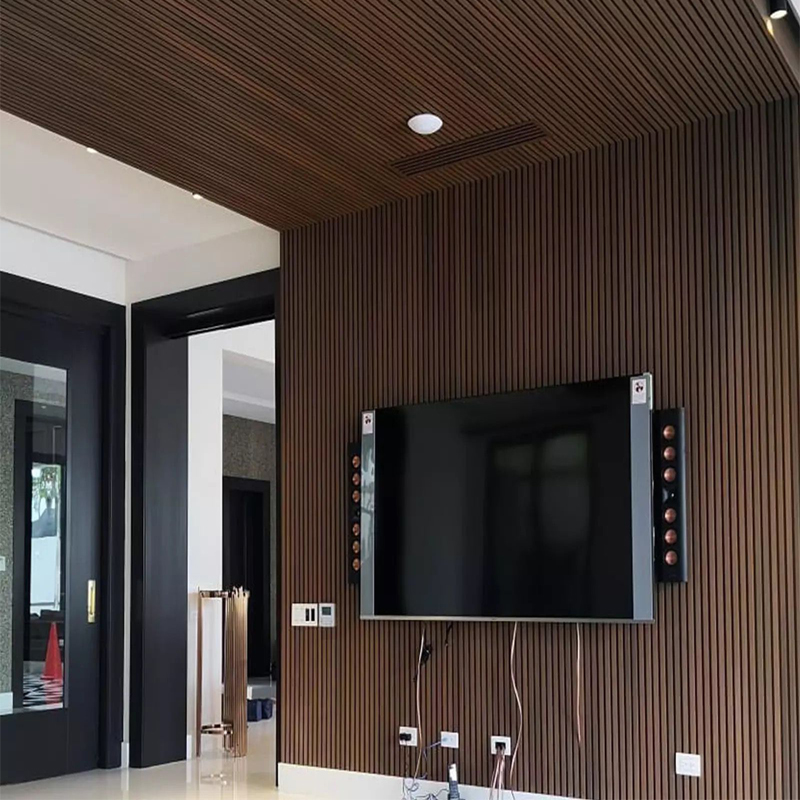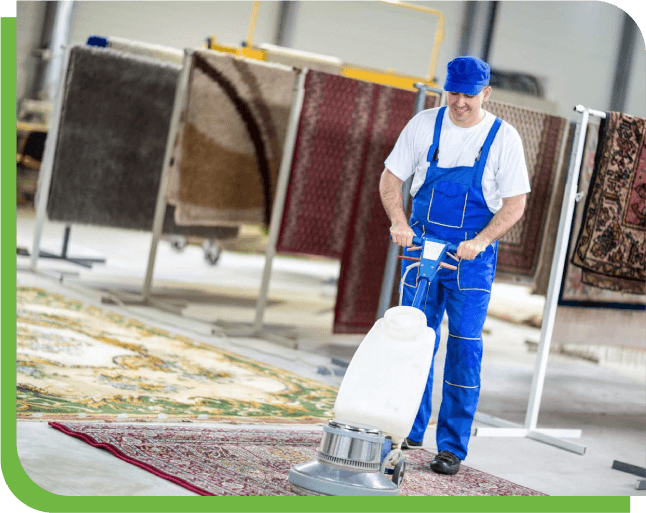Why Wood Panels Are the Smart Choice for Stylish Walls
Walls do more than just hold up the ceiling—they help define the mood, style, and comfort of a space. Whether in a home, office, or commercial building, choosing the right wall finish can make a big difference. That’s where wood panels come in. Loved for their beauty and practical use, panels offer a creative and cost-effective way to bring any room to life.
In this article, we’ll explore how wood panels make spaces more beautiful, comfortable, and functional. You’ll also find answers to common questions and links to helpful resources if you’re ready to explore more.
Timeless Beauty with a Modern Touch
One of the primary reasons people choose panels is its ability to provide warmth and beauty to a place. Wood’s inherent patterns and textures provide a one-of-a-kind appearance that is difficult to match. Unlike plain paint or frigid tiles, wood panels instantly create a warm, inviting atmosphere.
Easy to Fit in Any Style
Wood panels are incredibly flexible in design. You can use them in modern interiors with clean lines or in rustic spaces that need a natural touch. From dark walnut to light oak, there’s a wide range of colors and finishes that match nearly any decor style.
You can even choose natural oak acoustic slat wood wall panels to combine good looks with sound-absorbing function.
Looks Good for Years
Wood panels are made to last. With the right care, they can hold their beauty for many years. Some panels even age beautifully, adding character over time.
Sound and Warmth Benefits
Wood panels aren’t just about appearances—they also help with comfort. If you’re bothered by echo or outside noise, certain panels offer acoustic benefits too.
Helps Keep Rooms Quiet
Thanks to their density and natural materials, panels can absorb sound, making rooms feel more peaceful. This is especially useful in open spaces or homes with high ceilings. If you’re in Florida or similar regions, acoustic wood panels are a smart way to reduce noise while adding visual appeal.
Natural Insulation
Wood is a natural insulator. Adding panels to your walls can help keep a room warmer in winter and cooler in summer. This might even reduce your heating and cooling bills over time.
Quick Installation and Easy Upkeep
Another reason people choose wood panels is the ease of installing them. Unlike tile or drywall, many types of panels come in large sheets or slats that can be put up quickly—often with simple tools and little mess.
Low Maintenance, High Reward
Once installed, wood panels are pretty easy to take care of. Most just need dusting or a light wipe with a damp cloth to stay looking good. There’s no need to repaint or patch them like regular walls.
Eco-Friendly and Budget-Friendly
Today’s homeowners and designers want materials that are both stylish and sustainable. That’s another reason wood panels are so popular.
- Sustainability: Many panels are made from recycled or responsibly sourced wood.
- Longevity: Because they last a long time, you won’t need to replace them often.
- Energy Savings: Their insulating quality means you might save money on utilities.
You can explore more smart and sustainable wall solutions for home and business spaces.
Common Types of Wood Panels
If you’re just starting to explore wall panels, here are some popular types to consider:
| Type of Wood Panel | Description |
|---|---|
| Shiplap | Horizontal panels that overlap slightly |
| Slat Panels | Vertical narrow strips, often with soundproofing |
| Veneer Panels | Thin wood surface bonded to another material |
| Reclaimed Wood | Eco-friendly panels with a rustic look |
| Acoustic Panels | Designed to absorb sound and reduce echo |
Each one offers something different. Your best choice will depend on the style you want and what your space needs most.
FAQs About Wood Panels
Q: Are wood panels good for humid areas like kitchens or bathrooms?
A: Yes, but make sure to choose panels made for moisture resistance, and seal them properly. Some types are specially treated for wet environments.
Q: Can I install wood panels by myself?
A: Many homeowners do, especially with peel-and-stick or click-lock styles. But for larger jobs or special designs, hiring a pro is a smart idea.
Q: How do wood panels help with sound?
A: They absorb and block sound waves, making spaces quieter. Acoustic versions are made to reduce noise even more effectively.
Q: What’s the best way to clean panels?
A: Just dust them often and use a damp cloth for smudges. Don’t use harsh cleaners or lots of water, as it can damage the finish.
Q: Where can I buy stylish, high-quality panels?
A: Great options include this acoustic panel store and the natural oak slat collection.
Final Thoughts
Wood panels do more than decorate—they help shape how a room looks, feels, and sounds. They’re easy to install, work in many spaces, and come in a wide variety of styles. Whether you’re fixing up a single wall or designing a new home, adding panels is a smart move that offers both beauty and benefits.


